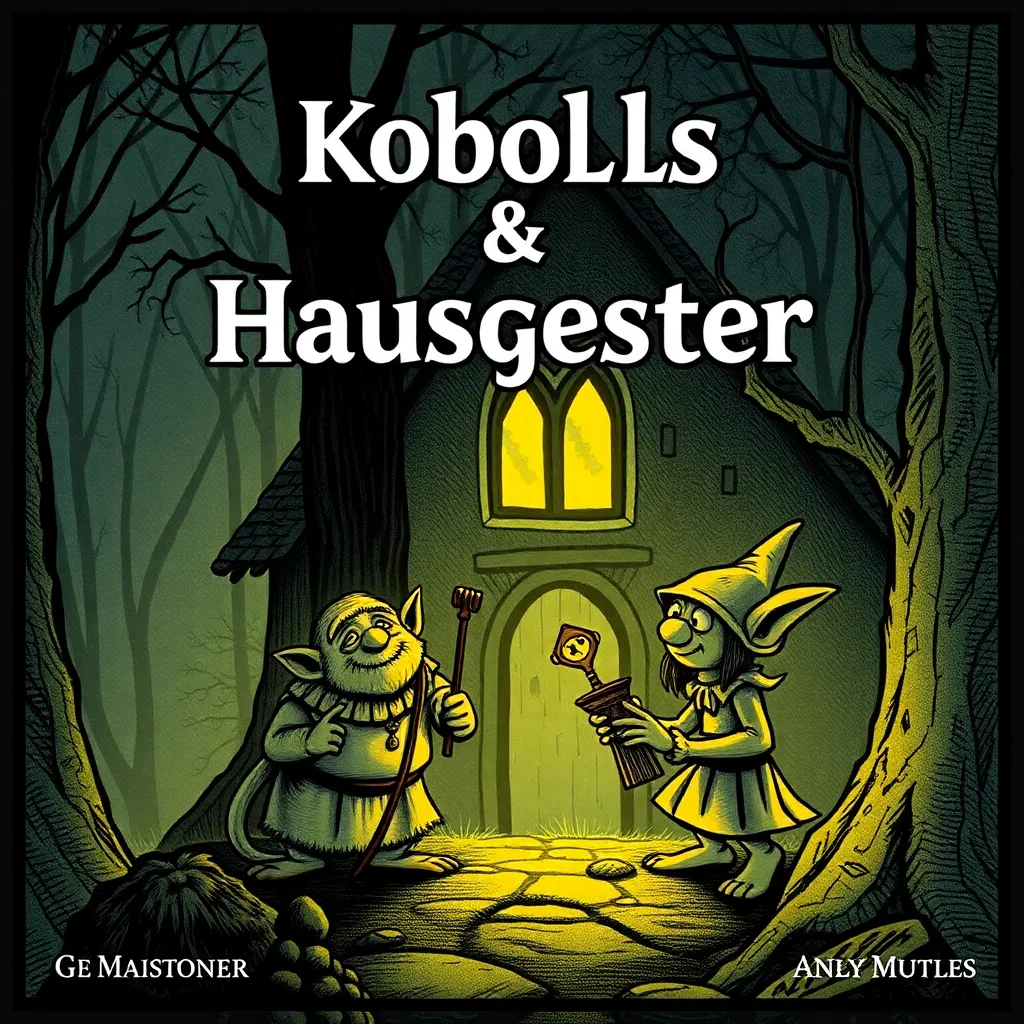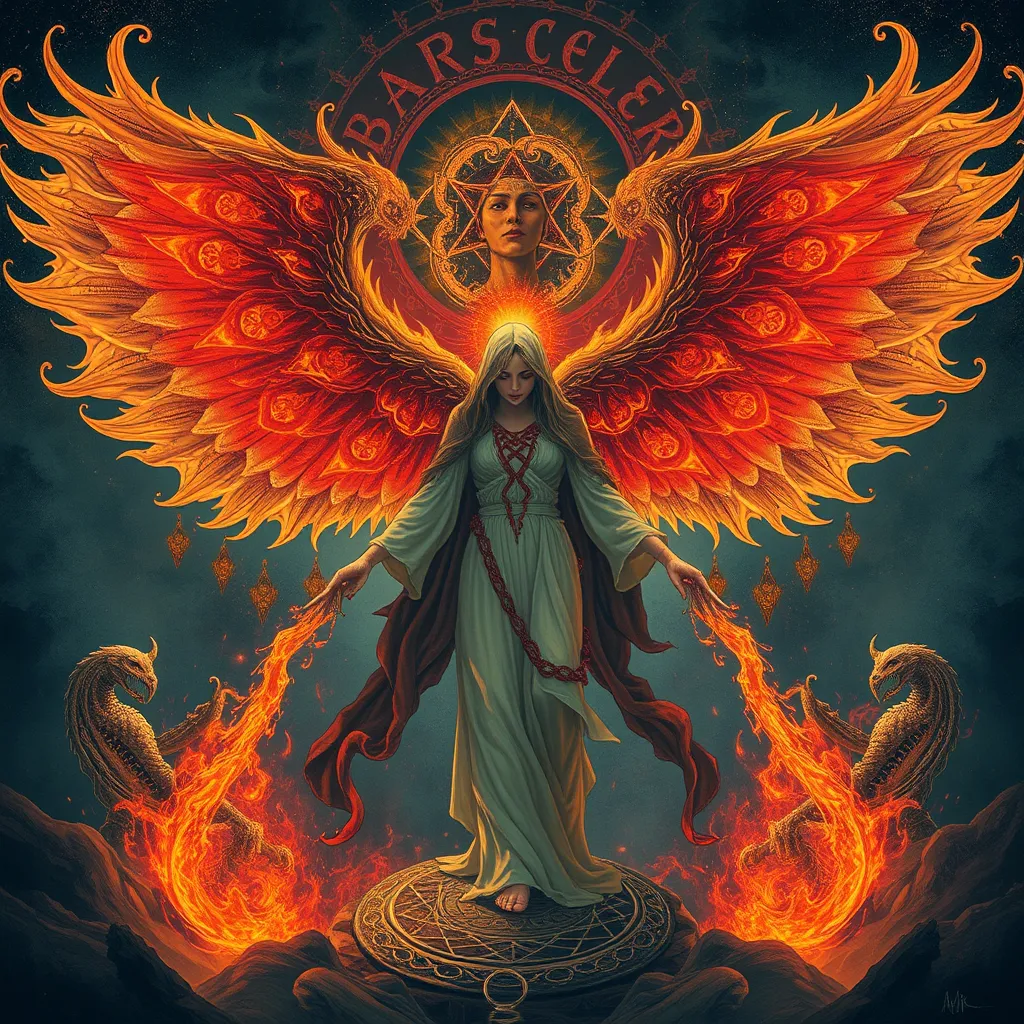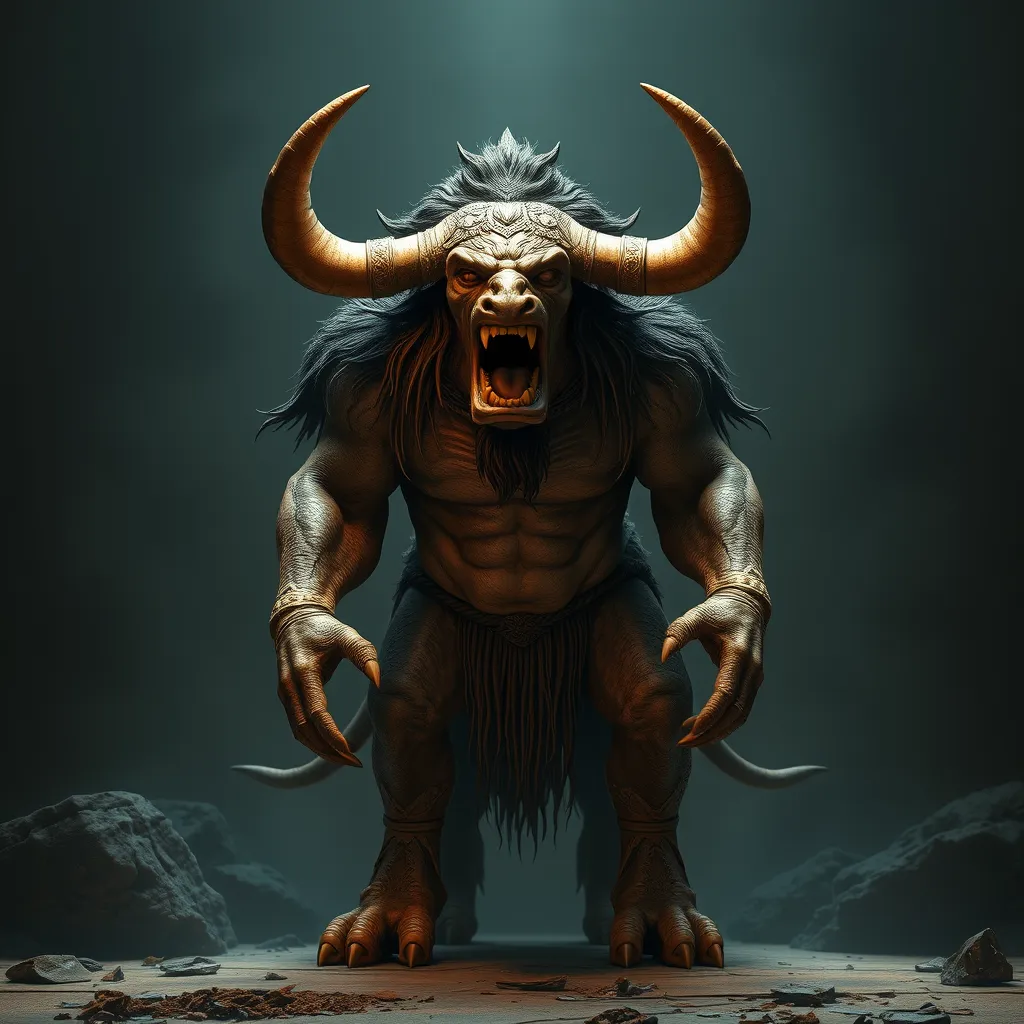Kobolds & Hausgeister: German Brownie Traditions & Tales
I. Introduction to Kobolds and Hausgeister
Kobolds and Hausgeister are fascinating figures in German folklore, embodying the rich traditions and beliefs surrounding household spirits. These entities are often depicted as small, mischievous beings that inhabit homes and assist, or sometimes hinder, household activities. The origins of these mythical creatures can be traced back to ancient Germanic cultures, where they were seen as manifestations of the natural world and the domestic sphere.
The significance of Kobolds and Hausgeister in German folklore extends beyond mere superstition; they represent the connection between humans and the unseen forces that govern their lives. This article aims to explore the historical context, characteristics, and cultural legacy of these enigmatic beings, shedding light on their role in contemporary society.
II. Historical Context of Brownie Folk Beliefs in Germany
The belief in household spirits like Kobolds and Hausgeister has deep roots in ancient Germanic cultures. These spirits were thought to be protectors of the home, providing assistance with chores and safeguarding the household from misfortune. The evolution of these beliefs reflects changes in societal values and the human experience over centuries.
In comparing German beliefs with similar folklore in other cultures, we find parallels with entities such as the Brownies in Scottish tradition or the household spirits in Slavic folklore. These similarities highlight a universal human fascination with the idea of benevolent spirits watching over domestic life.
III. Characteristics and Traits of Kobolds
Kobolds are often depicted as small, gnome-like creatures, but their physical descriptions can vary significantly across different regions of Germany. Some common characteristics include:
- Small stature, usually no taller than a foot
- Distinctive clothing, often resembling that of peasants or miners
- Hairy or bearded appearances in some tales
The personality traits of Kobolds can be both helpful and mischievous. They are known for:
- Assisting with household chores, such as cleaning or tending to livestock
- Playing pranks on unsuspecting humans, leading to lost items or minor accidents
- Protecting the home, but also causing trouble if not properly appeased
IV. Hausgeister: The Guardians of the Home
Hausgeister, or “house spirits,” occupy a special place in German households. Unlike Kobolds, Hausgeister are seen primarily as guardians of the home, ensuring the well-being of its inhabitants. Their characteristics include:
- Being more benign and protective compared to Kobolds
- Often associated with specific locations within the home, such as the hearth or cellar
- Having a more familial connection, sometimes regarded as ancestors watching over the family
Rituals and practices to appease Hausgeister are commonplace in many German households. These may include:
- Leaving out offerings of food or drink
- Maintaining a clean and orderly home
- Performing small daily rituals to honor the spirits
V. Famous Tales and Legends
Numerous stories featuring Kobolds and Hausgeister have been passed down through generations, each rich with themes and morals. Some notable tales include:
- The tale of the Kobold who helped a poor family by completing their chores overnight
- The story of a mischievous Hausgeist that played tricks on a greedy landlord
- Legends of Kobolds leading miners to rich veins of ore, only to vanish if they were not treated with gratitude
These tales often carry underlying messages about humility, respect for the home, and the importance of kindness towards others. Their influence continues to be felt in modern German culture, where folklore serves as a reminder of the values embedded in society.
VI. Modern Interpretations and Adaptations
In contemporary media, Kobolds and Hausgeister have been interpreted in various ways, reflecting changing societal views. They appear in:
- Literature, such as children’s books that introduce these characters to new generations
- Films that depict magical realism, blending folklore with modern storytelling
- Video games that incorporate mythical creatures as characters or plot elements
The resurgence of interest in folklore has led to a revival of these traditions, with many people seeking to reconnect with their cultural heritage through stories, festivals, and educational events.
VII. Cultural Significance and Legacy
The traditions surrounding Kobolds and Hausgeister have had a profound impact on German identity. They serve as a bridge between the past and present, reminding individuals of their roots and cultural narratives. In modern German society, the preservation of folklore is evident in:
- Community events and festivals celebrating local traditions
- Educational programs aimed at teaching children about their heritage
- Artistic expressions, such as theater and visual arts, inspired by these folklore figures
VIII. Conclusion
In summary, Kobolds and Hausgeister are integral to German folklore, representing the rich tapestry of beliefs surrounding household spirits. Their characteristics, historical significance, and influence on modern culture underscore the importance of folklore in preserving cultural heritage. As we continue to explore the stories of these enchanting beings, we invite readers to delve deeper into the captivating world of Kobolds and Hausgeister, discovering the lessons and legacies they hold for us today.



